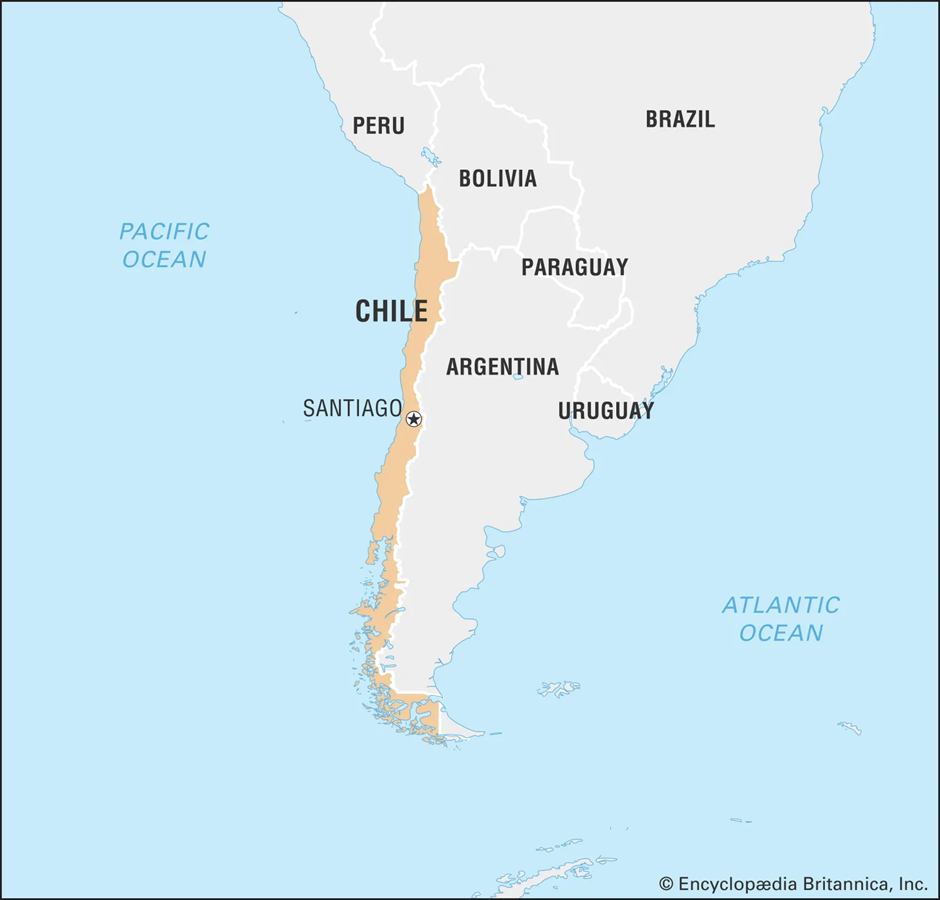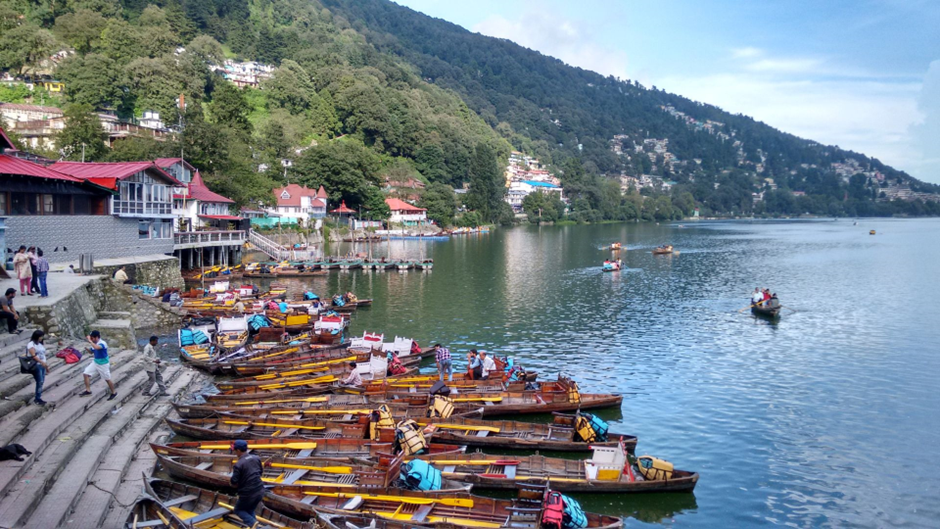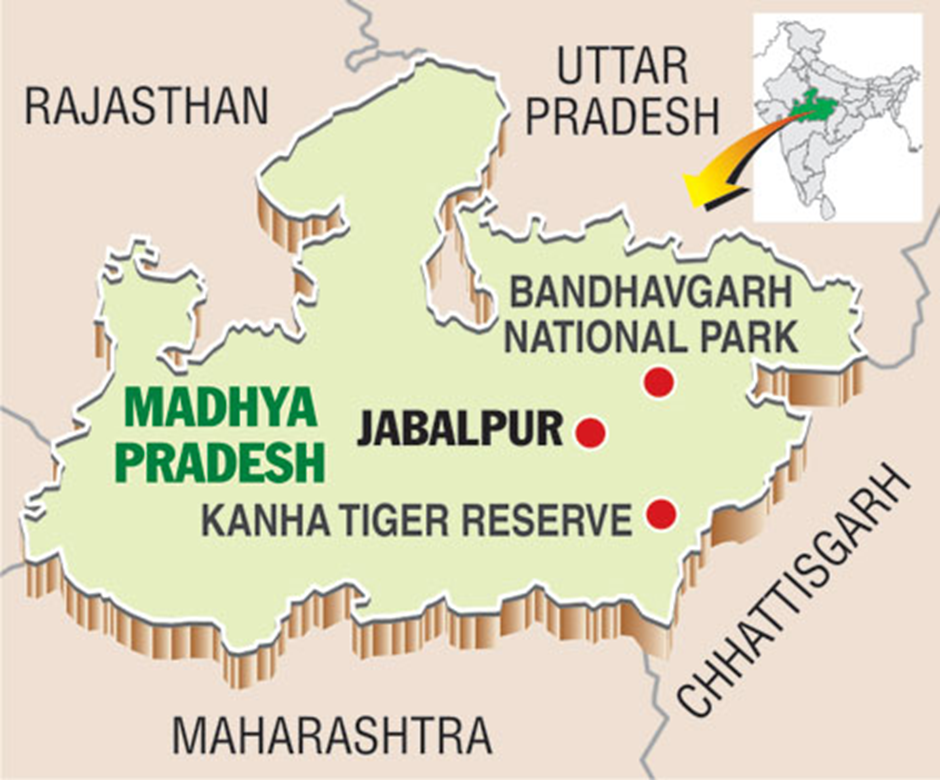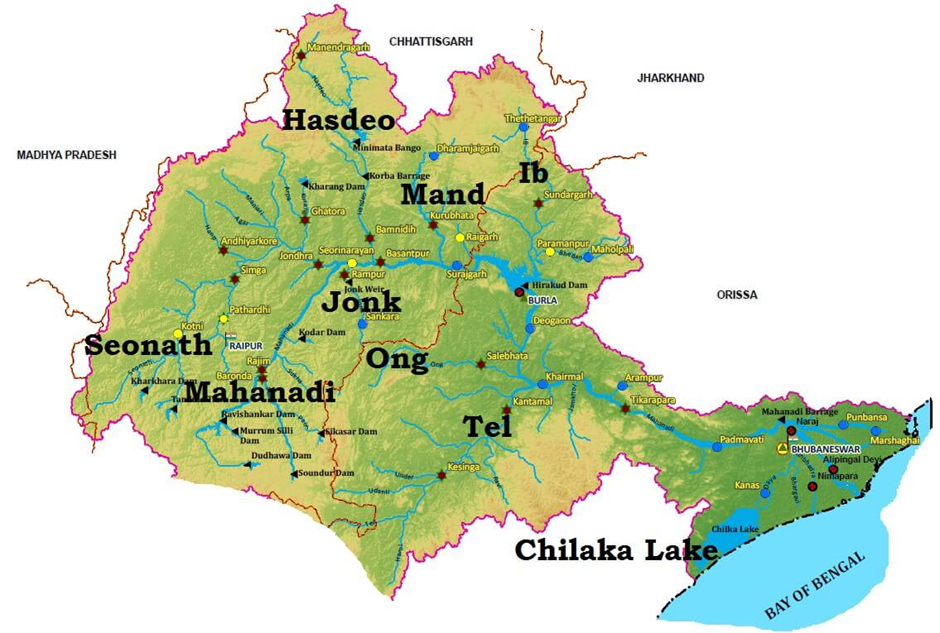- Courses
- GS Full Course 1 Year
- GS Full Course 2 Year
- GS Full Course 3 Year
- GS Full Course Till Selection
- MEP (Mains Enrichment Programme) Data, Facts
- Essay Target – 150+ Marks
- Online Program
- GS Recorded Course
- NCERT- First Ladder
- Polity
- Geography
- Economy
- Ancient, Medieval and Art & Culture AMAC
- Modern India, Post Independence & World History
- Environment
- Governance
- Science & Technology
- International Relations and Internal Security
- Disaster Management
- Ethics
- Current Affairs
- Indian Society and Social Issue
- CSAT
- 5 LAYERED ARJUNA Mentorship
- Public Administration Optional
- ABOUT US
- OUR TOPPERS
- TEST SERIES
- FREE STUDY MATERIAL
- VIDEOS
- CONTACT US
PLACES IN NEWS 3rd APRIL 2025
PLACES IN NEWS 3rd APRIL 2025
03-04-2025

Chile
Why in news?
- India and Chile have begun talks on a comprehensive trade pact to strengthen economic cooperation and expand bilateral trade relations.
About Chile:

- Location:
- Chile is a long, narrow country in South America, extending along the western edge of the continent. It shares borders with Argentina to the east, Bolivia to the northeast, and Peru to the north.
- The country spans approximately 4,300 km from north to south but averages only 177 km in width.
- Chile’s geography includes diverse landscapes, from the Atacama Desert in the north to the Andes Mountains in the east and the Pacific Ocean in the west.
- The country also controls several islands in the Pacific, including Easter Island and the Juan Fernández Islands, and has territorial claims in Antarctica.
- Natural Resources:
- Chile is rich in natural resources, particularly minerals, which play a crucial role in its economy.
- The country is the world's largest producer of copper, accounting for a significant share of global supply. It also has large reserves of gold, silver, and iron ore.
- Chile is part of the Lithium Triangle, along with Argentina and Bolivia, a region that holds nearly 60% of the world’s lithium reserves. Its vast lithium deposits are primarily located in the Atacama Desert, making it a key supplier for the global electric vehicle (EV) battery and renewable energy storage industries.
- Other key natural resources include timber, fisheries, and agricultural products such as grapes, apples, and wine, making Chile a leading agricultural exporter.
- Bilateral Trade with India:
- India and Chile have a growing trade relationship, marked by a Preferential Trade Agreement (PTA) that was expanded in 2017 to cover more goods.
- The total trade between the two countries has been increasing, with Chile exporting minerals, chemicals, and paper products to India, while India exports automobiles, pharmaceuticals, and textiles to Chile.
- Chile is a major supplier of copper and lithium to India, both of which are essential for India’s infrastructure and clean energy sectors.
- Efforts are underway to establish a Comprehensive Economic Partnership Agreement (CEPA) to further boost trade and investment between the two nations.
- Significance of Trade for India:
- Strengthening trade ties with Chile is crucial for India’s resource security, especially for strategic minerals like lithium, which is vital for electric vehicle (EV) batteries and renewable energy storage.
- The import of Chilean copper supports India’s growing industrial sectors, including electronics, construction, and power transmission.
- Enhanced trade with Chile aligns with India’s Act Latin America policy, promoting diversified economic engagements beyond traditional partners.
- A deeper economic partnership with Chile can provide Indian businesses better access to South American markets, boosting exports and investment opportunities.
Naini Lake
Why in news?
- Naini Lake in Nainital recorded a 4.7-foot water level, the lowest in five years.
About Naini Lake:

- Type and Formation:
- Naini Lake is a natural freshwater lake of tectonic origin, located in the heart of Nainital city, Uttarakhand.
- It was discovered by the British in the early 19th century, but its mention can also be found in the Skanda Purana, where it is referred to as Tri-Rishi-Sarovar.
- The lake has a crescent or kidney shape and features an outlet at its south-eastern end.
- Geographic Characteristics:
- The lake spans a perimeter of 2 miles and has a depth ranging from 6 metres to 28 metres.
- It is one of the four major lakes in the Kumaon hills, along with Sattal Lake, Bhimtal Lake, and Naukuchiyatal Lake.
- The Balia Nala is the primary feeder stream, while 26 other major drains, including three perennial ones, also contribute to the lake’s water supply.
- The northern end of the lake is called Mallital, while the southern end is known as Tallital, which features a bridge with a post office and a Gandhi statue—the only post office on a lake bridge in the world.
- Cultural and Mythological Significance:
- According to Hindu mythology, the lake is believed to be the site where Goddess Sati’s eyes (nain) fell, which is why the town is named Nainital.
- The Skanda Purana refers to it as Tri-Rishi-Sarovar, signifying its sacred connection.
- Reasons for Decline in Water Level:
- Deforestation and unregulated construction in the surrounding areas have reduced the lake’s natural catchment capacity.
- Excessive extraction of groundwater has led to a decline in Balia Nala’s water flow, affecting the lake’s replenishment.
- Climate change and reduced rainfall have significantly impacted the water levels, leading to a five-year low of 4.7 feet.
- Encroachments and pollution from urban drainage and sewage inflow have further degraded the lake’s ecosystem, affecting its ability to retain water.
Bandhavgarh Tiger Reserve
Why in news?
- Bandhavgarh Tiger Reserve forms a committee to regulate and manage pilgrim activities in its core areas for conservation.
About Bandhavgarh Tiger Reserve:

- Location:
- Bandhavgarh Tiger Reserve is located in the Umaria district of Madhya Pradesh and is one of India's most famous tiger reserves.
- It was declared a national park in 1968 and became a tiger reserve in 1993 under Project Tiger. The core area spans 716 km² (276 sq mi), while the total reserve area, including the buffer zone, is 1,536 km² (593 sq mi).
- The reserve comprises three major zones—Tala, Magdhi, and Khitauli— with Tala being the most popular for tiger sightings.
- The name Bandhavgarh comes from the ancient Bandhavgarh Fort, which, according to legend, was gifted by Lord Rama to Lakshmana to keep a watch over Lanka.
- Flora and Fauna:
- The reserve features a diverse landscape of moist deciduous forests, sal mixed forests, dry deciduous scrub, and grasslands, dominated by sal and bamboo trees.
- It is home to a thriving tiger population, with 135 tigers recorded in 2022, making it one of India’s best places for tiger sightings. Other predators include leopards, wild dogs, striped hyenas, and jackals.
- Herbivores in the park include chital, sambar, nilgai, chinkara, wild boar, and gaur. The gaur population, reintroduced in 2012, has grown to 170 individuals as of 2025.
- Bandhavgarh also hosts Indian elephants, a species that had disappeared from the region for over a century until a herd migrated from Chhattisgarh in 2018. By 2024, their numbers had reached 55.
- Over 250 bird species have been recorded, including Indian peafowl, kingfishers, vultures, eagles, hornbills, and owls, making it a birdwatcher’s paradise.
- Pilgrim Activities and Management:
- The Bandhavgarh Fort and ancient caves within the reserve attract pilgrims and tourists, as they hold significant Hindu religious and historical value.
- The fort features several temples, including those dedicated to Lord Vishnu and Lakshmana, along with numerous sculptures and inscriptions dating back centuries.
- Due to increasing footfall, a committee has been formed to regulate and manage pilgrim activities in the core areas, ensuring a balance between conservation and religious tourism.
- The presence of pilgrims and local visitors poses ecological concerns, including habitat disturbance and waste disposal issues, necessitating strict guidelines and monitoring.
Dudhwa Tiger Reserve
Why in news?
- A rare long-snouted vine snake was spotted in Uttar Pradesh's Dudhwa Tiger Reserve, highlighting its rich biodiversity.
About Dudhwa Tiger Reserve:

- Location and Geography:
- Dudhwa Tiger Reserve is a protected area in Uttar Pradesh, spread across the Lakhimpur Kheri and Bahraich districts.
- It comprises Dudhwa National Park, Kishanpur Wildlife Sanctuary, and Katarniaghat Wildlife Sanctuary, covering a total area of 1,284.3 km² (495.9 sq mi).
- The reserve shares its northeastern boundary with Nepal, with the Mohana River acting as a natural border.
- The landscape is primarily agricultural, with three large forested areas still intact. Several streams originating from the northwest flow through the alluvial plains of the reserve.
- History and Conservation:
- Dudhwa National Park and Kishanpur Wildlife Sanctuary were designated as Dudhwa Tiger Reserve in 1987 under Project Tiger.
- In 2000, the Katarniaghat Wildlife Sanctuary was added, making it one of India's 53 tiger reserves.
- The reserve is famous for tiger conservation efforts, including the reintroduction of a hand-reared tigress named Tara in 1976 by Billy Arjan Singh, a noted wildlife conservationist.
- In the 1990s, tigers in the area showed Siberian tiger-like characteristics, raising speculation about the presence of Bengal-Siberian tiger hybrids, though genetic studies did not confirm conclusive hybridisation.
- Flora and Fauna:
- Dudhwa Tiger Reserve is home to a rich diversity of wildlife, including tigers, leopards, Asiatic black bears, sloth bears, swamp deer, rhinoceros, elephants, cheetal, hog deer, barking deer, sambar, wild boar, and the rare hispid hare.
- The reserve is particularly significant for the conservation of swamp deer (Barasingha), which thrive in the grasslands of Dudhwa.
- As of 2006, the Dudhwa-Kheri-Pilibhit conservation complex housed an estimated 80–110 tigers, increasing to 106–118 by 2010, indicating a stable tiger population.
- The presence of rare species like the long-snouted vine snake, recently sighted, highlights the biodiversity richness of the region.
Ib River
Why in news?
- Two significant barrage projects on the Ib River face delays, impacting regional water management and development.
About Ib River:

- Location and Course:
- The Ib River is a major tributary of the Mahanadi River, flowing through Chhattisgarh and Odisha before joining the Hirakud Reservoir in Odisha.
- It originates from hills near Pandrapet at an elevation of 762 metres (2,500 feet).
- The river passes through Raigarh and Jashpur districts in Chhattisgarh and Jharsuguda and Sundargarh districts in Odisha, covering a total length of 252 kilometres (157 miles).
- The watershed of the Ib River spans around 25,000 square kilometres, with a drainage area of 12,447 square kilometres (4,806 sq mi).
- Economic and Industrial Significance:
- The Ib Valley is rich in coal reserves, forming the Ib Valley Coalfield, which is a part of the Mahanadi Coalfields.
- The coal deposits along the riverbanks make it one of the most important industrial zones in Eastern India.
- Barrage Projects on Ib River:
- The Ib River barrage projects aim to enhance water storage, irrigation, and industrial water supply.
- However, two crucial barrage projects have been delayed, affecting water management and regional development.
- These projects are essential for agriculture, power generation, and sustaining industrial operations in the Ib Valley region.
|
Also Read |
|
UPSC Foundation Course |
|
| UPSC Monthly Magazine | CSAT Foundation Course |




